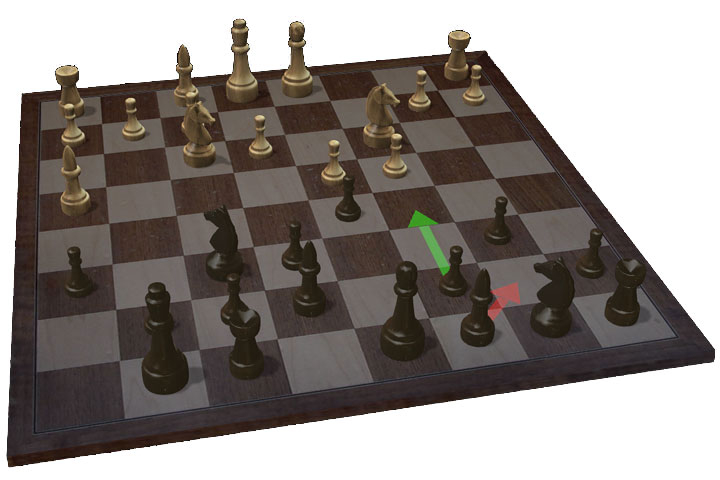


The line we are dealing with today is the Tartakower Variation:
1.d4 Nf6 2.c4 e6 3.Nf3 d5 4.Nc3 Be7 5.Bg5 h6 6.Bh4 0-0 7.e3 b6!?

This is one of the most topical and famous positions in the Queen's Gambit Declined (QGD), 7...b6 introduces the Tartakower Variation. Black is aiming to fianchetto his bishop to b7 and to finish his development by placing the knight on d7.
The main goal will be to strike with c7-c5 and challenge White's central control. Black will think about a knights jump to e4, trying to exchange the dark squared bishops in order to improve his queen and to free his position furthermore.
White will try to make it harder for Black to play c5 by placing the rooks to d1 (oppositing to the black queen!) and the other one most likely to c1, the white queen will leave the first rank to connect the rooks, most likely moving to e2 or c2. An interesting and complex battle begins.
This position is one of the main lines in the Queen's Gambit Declined and is the favourite weapon from some super grandmasters, e.g. it is very regularly played from the black side by English number one Super GM Michael Adams or the strong German GM Georg Meier. Also Carlsen, Kramnik, So and many other top grandmaster play this variation.
GM Daniel King explains the basics in 4 minutes
Interested? Try if the opening suits you, playing Fritz as your sparrings partner, choose an opponent to match your playing strength: Beginner, Amateur, Club-Player, Master. This is a good way to prepare for your next beach game, a more serious encounter, your next club tournament, or the international GM event.
In the window above you have buttons for the following functions (hover with the mouse for info): New game, Take back move, Play move forwards, Play now, Get hint, Very weak opponent, Serious amateur, Club player, Master, Switch colours, analyse with a chess engine. Choose an opponent to match your playing strength and try your luck with the Ruy Lopez. This is a good way to prepare for your next beach game, a more serious encounter, your next club tournament, or the international GM event.
Were you able to beat the program? If you were you should try the next-higher level — click or tap the New Game button on the left of the ribbon and the program will jump back to the end of the variation we are learning. Keep doing this to try alternate continuations. You will find that you are learning the ideas behind the Queen's Gambit. It will help you in your games against human opponents.
Tell us what you think!
 Daniel King (born 1963) is a grandmaster and has been a professional chess player for more than 20 years. He has represented his country in numerous competitions, amongst others in the historic win by the English over the Soviet Union in 1990 in Reykjavik.
Daniel King (born 1963) is a grandmaster and has been a professional chess player for more than 20 years. He has represented his country in numerous competitions, amongst others in the historic win by the English over the Soviet Union in 1990 in Reykjavik.
King is the author of more than 15 chess books and has wealth of experience as a trainer, assisting many of England’s leading players. He is also well known for his broadcasting on TV, radio and the internet, commentating major chess events. To the delight of chess fans worldwide, he hosts his monthly "Powerplay" show on the world's largest chess server, Playchess.com. He contributes to ChessBase Magazine, with the popular column "Move by Move". King has also produced the highly praised PowerPlay DVD series for ChessBase. King lives in London.
You can browse Daniel's complete works in the ChessBase Shop.
Or order his Queen's Gambit Declined DVD!

Daniel has recorded a large number of FritzTrainer and other DVDs for ChessBase